LED flood lights have gained significant popularity in recent years due to their energy efficiency, long lifespan, and versatility. They provide powerful illumination for various outdoor spaces, making them an ideal choice for both residential and commercial applications. If you're considering installing LED flood lights, one common question that arises is: "How much area does a 100 watt LED flood light cover?" In this article, we will explore the factors that determine the coverage area of LED flood lights, specifically focusing on 100 watt models.
Table 1: Outline of the Article
|
Introduction to LED Flood Lights
LED flood lights are high-intensity lighting fixtures designed to provide ample illumination over large areas. They are commonly used for outdoor lighting purposes such as illuminating stadiums, parking lots, gardens, and building facades. LED flood lights offer several advantages over traditional lighting technologies, including lower energy consumption, longer lifespan, and better light quality.
Understanding Wattage and Lumen Output
Before diving into the coverage area of LED flood lights, it's crucial to understand the concepts of wattage and lumen output. Wattage refers to the electrical power consumed by the light source, while lumen output measures the total amount of visible light emitted. In simple terms, wattage indicates the energy consumption, while lumens indicate the brightness of the light.

Calculating Coverage Area for LED Flood Lights
Determining the coverage area of LED flood lights involves considering several factors. These include the beam angle, mounting height, ambient light conditions, and light distribution pattern. By taking these factors into account, you can estimate the area that a specific LED flood light can effectively illuminate.
To calculate the coverage area, you can use the following formula:
Coverage Area = (Lumen Output * Beam Angle) / Illuminance Requirement
The illuminance requirement refers to the desired level of brightness or light intensity required for a particular application. It is typically measured in lux, which represents the amount of light falling on a specific area.
The Impact of Beam Angle
Beam angle plays a crucial role in determining the coverage area of LED flood lights. It defines the spread of light emitted by the fixture. A narrow beam angle focuses the light in a concentrated area, providing a more intense illumination. On the other hand, a wider beam angle distributes the light over a larger area, resulting in a more diffuse illumination.
100 Watt LED Flood Lights and their Coverage Area
Now, let's focus specifically on 100 watt LED flood lights. The coverage area of a 100 watt LED flood light can vary depending on several factors. These include the height of installation, mounting angle, ambient light conditions, and light distribution pattern of the fixture.
Factors Affecting the Coverage Area of 100 Watt LED Flood Lights
-
Height of Installation: The higher the LED flood light is mounted, the wider the coverage area will be. Lower installation heights will result in a more focused and intense illumination over a smaller area.
-
Mounting Angle: The angle at which the LED flood light is mounted can affect the coverage area. Tilting the fixture downward can extend the coverage horizontally, while tilting it upward can provide a more concentrated vertical illumination.
-
Ambient Light Conditions: The existing ambient light conditions in the surrounding area can impact the perceived coverage area of the LED flood light. Bright ambient light can reduce the effective coverage, while darker surroundings can enhance it.
-
Light Distribution Pattern: LED flood lights are available in various light distribution patterns, such as narrow, medium, and wide. The chosen pattern will influence the coverage area and the uniformity of the light distribution.
Example Scenarios for 100 Watt LED Flood Lights
Let's consider a few example scenarios to understand the coverage area of 100 watt LED flood lights:
-
Residential Backyard: A 100 watt LED flood light mounted at a height of 10 feet with a wide beam angle of 120 degrees can cover a backyard area of approximately 500-800 square feet, providing sufficient brightness for outdoor activities.
-
Commercial Parking Lot: In a commercial parking lot, where higher illuminance levels are required, multiple 100 watt LED flood lights with narrower beam angles may be used. Each fixture can cover an area of around 200-300 square feet, ensuring adequate visibility and security.
-
Sports Field: For sports fields, 100 watt LED flood lights with medium to wide beam angles are commonly used. A single fixture, mounted at a higher elevation, can cover an area of approximately 1,500-2,000 square feet, providing uniform illumination for the playing area.
Choosing the Right LED Flood Light for your Needs
When selecting an LED flood light, it's important to consider your specific lighting requirements. Factors such as the intended application, desired coverage area, beam angle, and mounting height should all be taken into account. Consulting with a lighting professional can help you make an informed decision and choose the right LED flood light for your needs.
Energy Efficiency and Cost Savings
LED flood lights offer significant energy efficiency compared to traditional lighting technologies. They consume less power while providing the same or even better illumination. By switching to LED flood lights, you can reduce your energy consumption and lower your electricity bills. Additionally, the long lifespan of LED lights reduces maintenance and replacement costs over time.
Maintenance and Lifespan of LED Flood Lights
LED flood lights have an impressive lifespan, often lasting 50,000 hours or more. This extended lifespan minimizes the need for frequent replacements, resulting in reduced maintenance efforts and costs. Furthermore, LED flood lights are built to withstand harsh outdoor conditions, ensuring their durability and reliability.
Environmental Benefits of LED Flood Lights
LED flood lights have several environmental advantages. They consume less energy, reducing greenhouse gas emissions associated with electricity production. LED lights also do not contain harmful substances like mercury, making them safer for the environment and easier to dispose of at the end of their lifespan. By choosing LED flood lights, you contribute to a greener and more sustainable future.
Conclusion
In conclusion, the coverage area of a 100 watt LED flood light depends on various factors such as the height of installation, mounting angle, ambient light conditions, and light distribution pattern. Understanding these factors allows you to estimate the area that a 100 watt LED flood light can effectively illuminate. When selecting an LED flood light, consider your specific lighting requirements and consult with a professional to ensure you choose the right fixture for your needs.
FAQs
1. Can I use a 100 watt LED flood light for indoor applications?
Yes, 100 watt LED flood lights can be used for indoor applications, depending on the specific lighting requirements. They can provide ample illumination for large indoor spaces such as warehouses, gymnasiums, or industrial facilities.
2. What is the average lifespan of a 100 watt LED flood light?
The average lifespan of a 100 watt LED flood light is typically around 50,000 hours or more. However, this can vary depending on the quality of the fixture and operating conditions.
3. Are LED flood lights suitable for use in wet locations?
Yes, LED flood lights are designed to be weather-resistant and suitable for use in wet locations. They are often rated with an IP65 or higher ingress protection rating, ensuring their durability and performance in outdoor environments.
4. How can I determine the right mounting height for a 100 watt LED flood light?
The mounting height of a 100 watt LED flood light depends on the specific lighting requirements and the desired coverage area. It is recommended to consult with a lighting professional who can assess your needs and provide guidance on the optimal mounting height for your application.
5. Are 100 watt LED flood lights dimmable?
Yes, many 100 watt LED flood lights are dimmable, offering flexibility in adjusting the brightness levels according to specific needs. However, it's essential to check the product specifications or consult with the manufacturer to ensure compatibility with dimming systems.















































































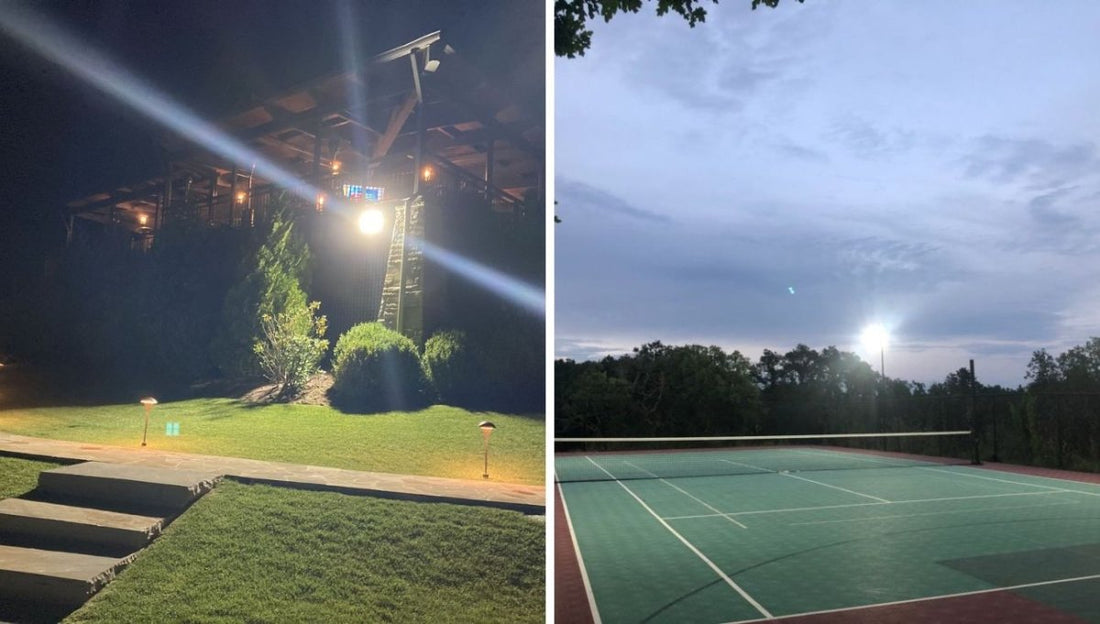
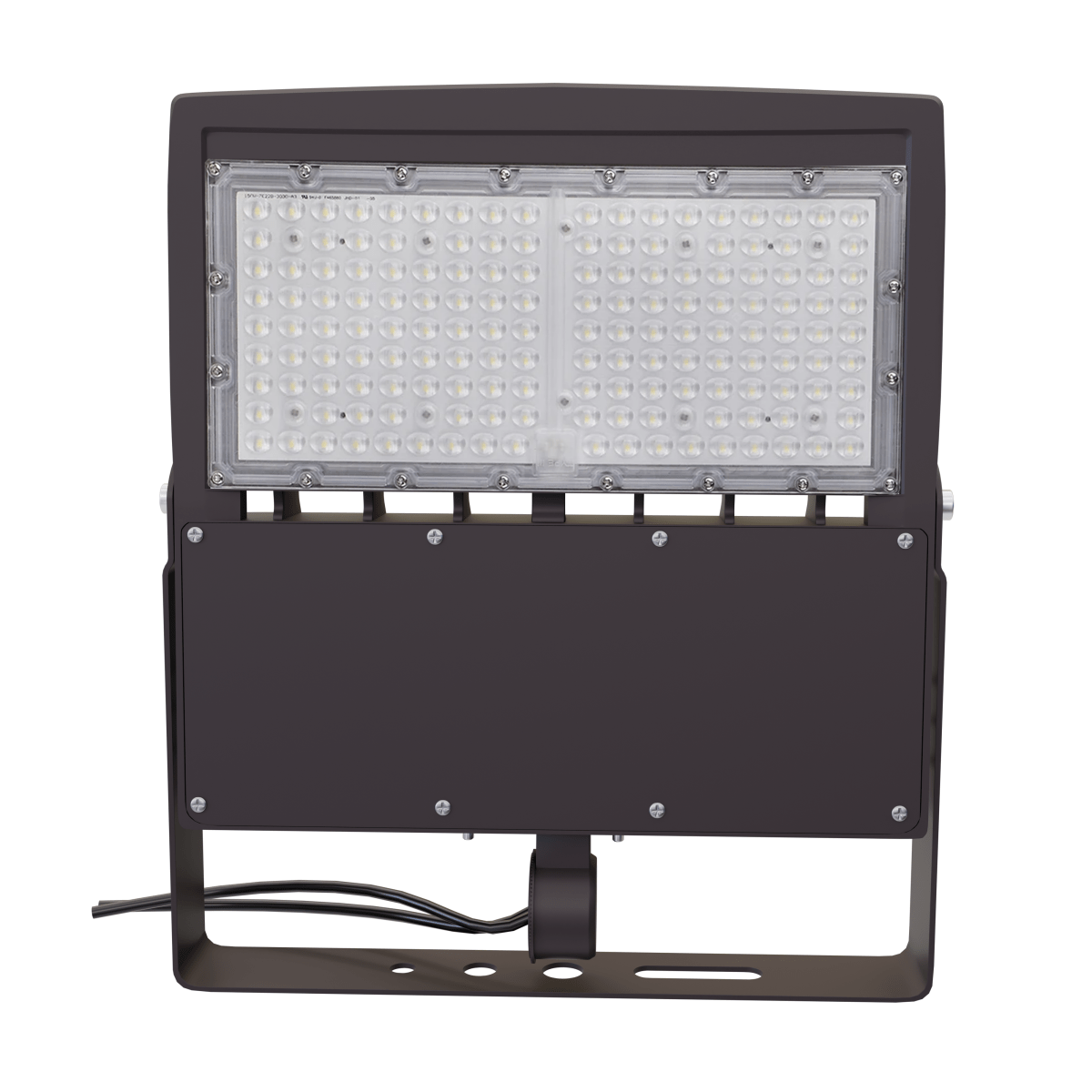
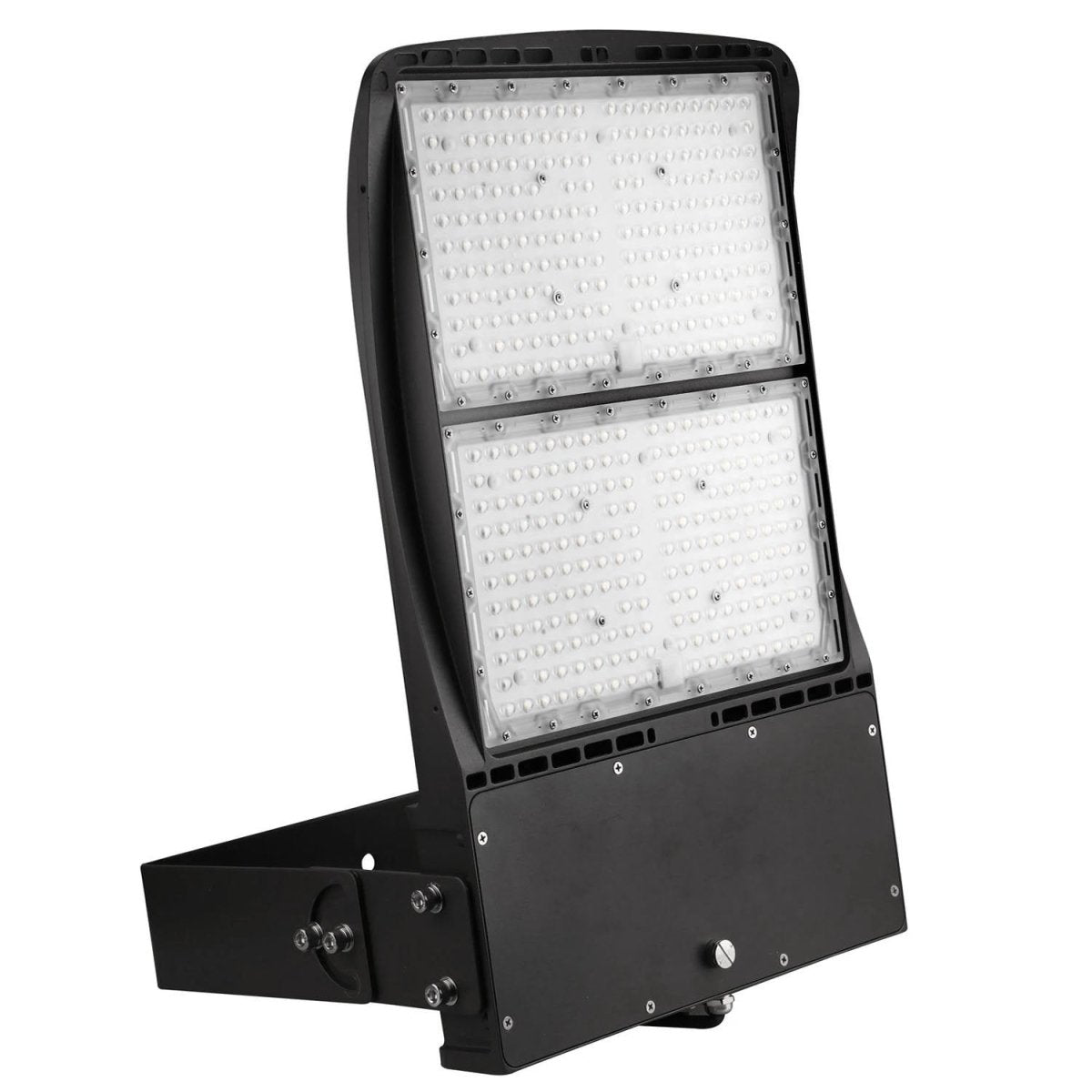

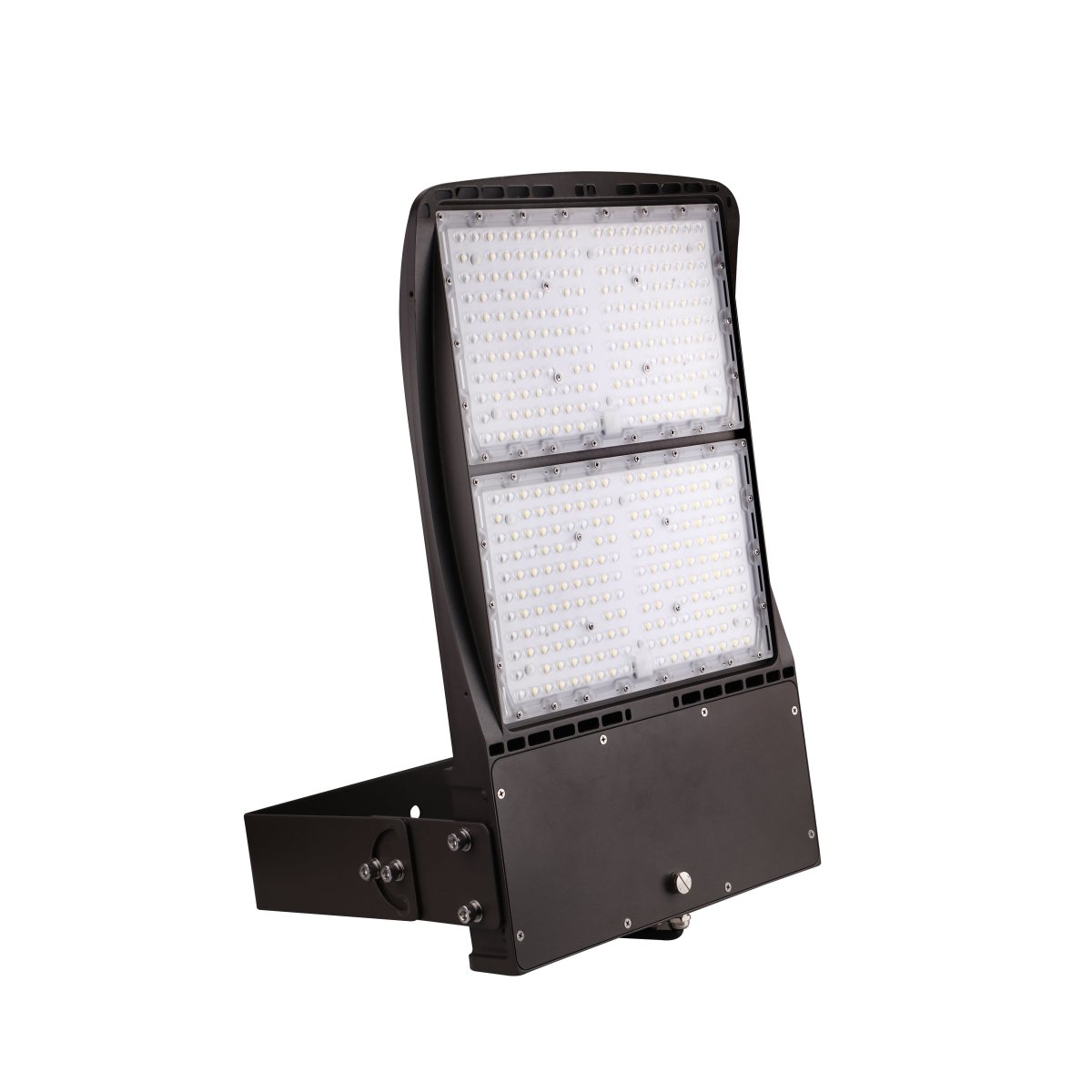
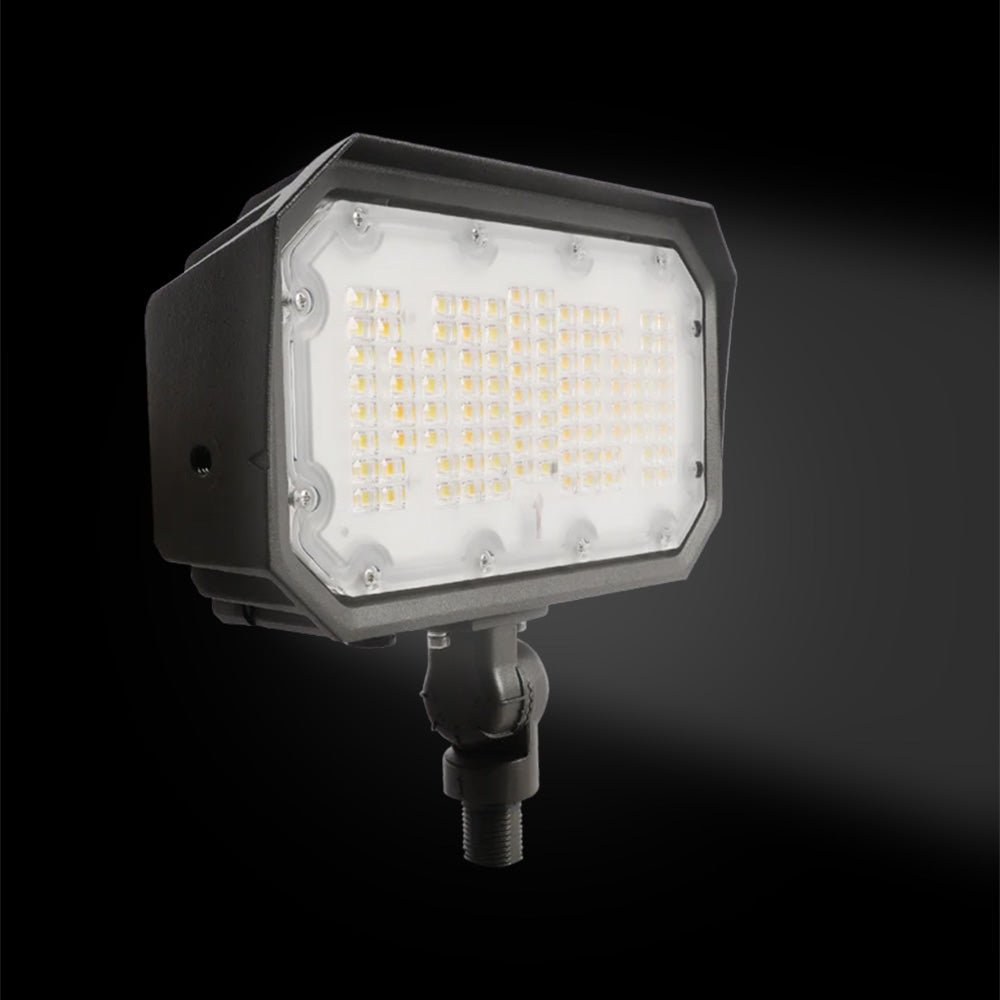

2 comments
Hi Fred,
For your fish cages, I recommend:
4 × 300W LED Flood Lights (50,000 lumens each, IP65+): Mount onshore on 4-6m poles.
Alternative: 6 × 200W Solar LED Flood Lights for areas without electricity.
Durable Option: 4 × 250W Marine-Grade LED Flood Lights, corrosion-resistant.
This setup ensures even and efficient illumination over the 100m x 30m area.
Thank You, LEDMyplace Team.
Pls advice on best flood light that I can use to illuminate by fish cages in the lake. My cages are 100m from the shore. The cages cover an area equal to 100m x 30m.